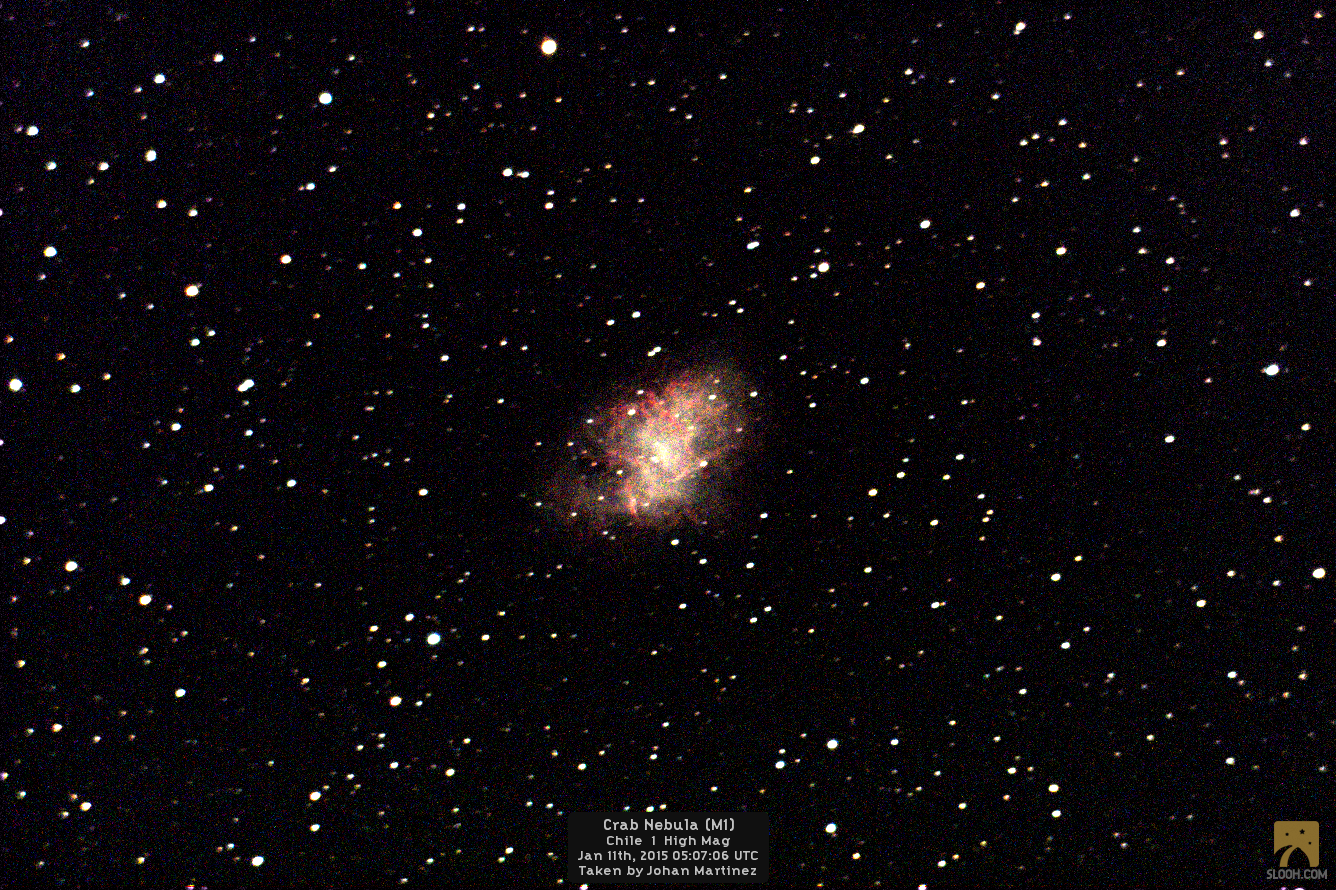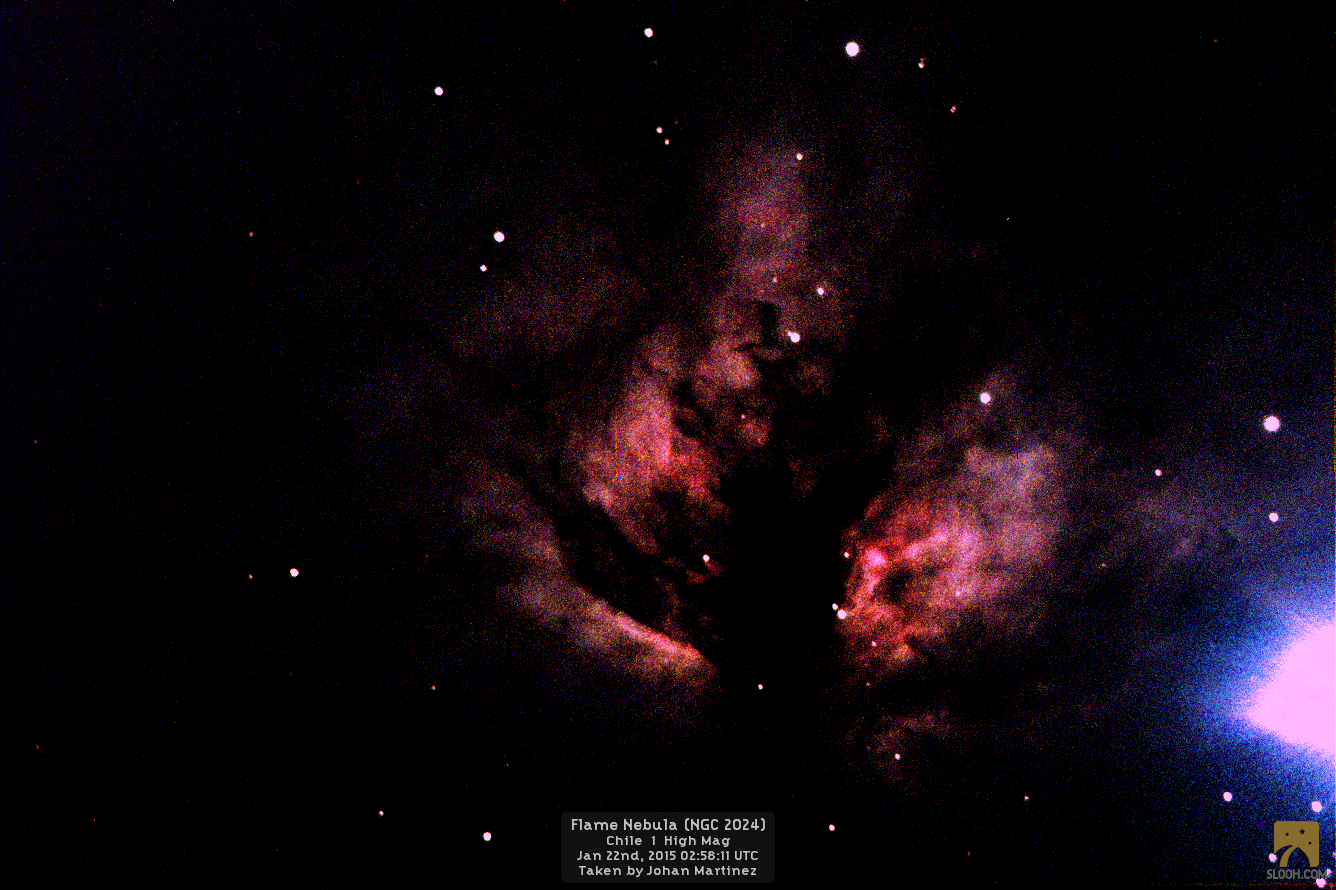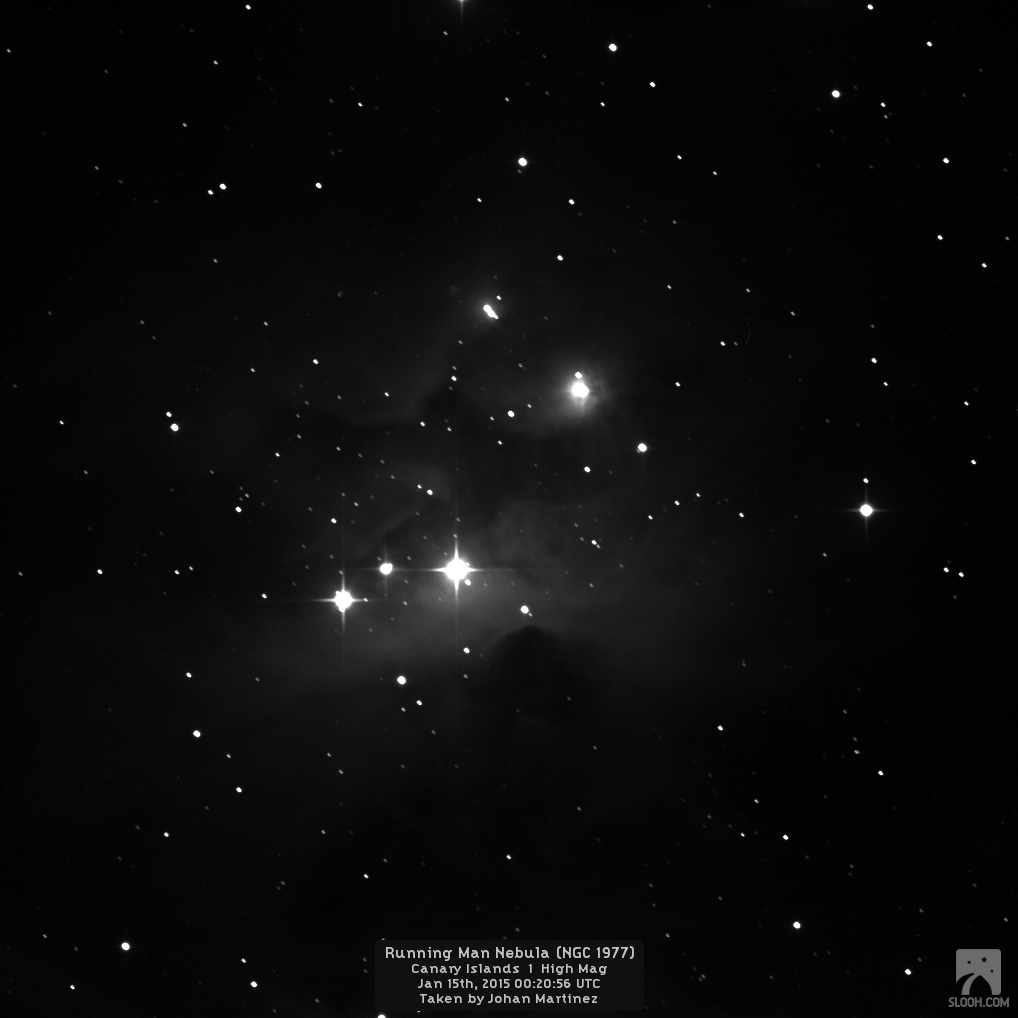

As fascinating things here on earth can be, outer space is simply awe-inspiring. To think that there are billions of galaxies, and within these galaxies billions of stars in each one. It definitely puts things into perspective. We live and are affected by a very miniscule piece of the universe. Which begs the question, why is outer space so vast? And why are there so many stars, which may or may not have planets circling around them, that may or may not be inhabitable by humans? I believe nature is trying to show us that the only limits we have are the ones we impose on ourselves. Plus it makes for great pictures of far-away objects!!!! Just look below.

The crab nebula is the shattered remnant of a massive star that died in a supernova explosion. IT is probably the most intensely studied bright nebula and is lies in the constellation Taurus. The crab nebula is not visible with the naked eye but can be seen with binoculars under favorable conditions. The nebula lies in the Perseus arm of the Milky Way Galaxy and is about 6,500 light years away from the Earth. At the center of the nebula lies the Crab Pulsar which is a neutron star that emits pulses of radiation. This radiation is range from gamma rays to radio waves.

The Flame nebula is an emission nebula in the constellation Orion. It is about 900 to 1,500 light years away from the Earth. An emission nebula is a nebula formed of ionized gases that emit light of various wavelengths. The most common source of ionization is high-energy photons emitted from a nearby hot star. The hot star that ionizes the gas in the Flame nebula is the bright star Alnitak, which is the easternmost star in the Belt of Orion.
The Flame nebula is part of the Orion Molecular Cloud Complex, which is a star-forming region. There are two giant molecular clouds that make up the Orion Molecular Cloud complex, Orion A and Orion B. The stars forming within the complex are located within these clouds.
At the center of the Flame nebula is a cluster of several hundred young stars. X-ray and infrared images indicate that the youngest stars are concentrated at the center of the cluster.

The running man nebula is aptly named for what it looks like. A runner stretching towards the finish line. It is a reflection nebula and can be seen in the northernmost part of the asterism known as Orion’s Sword. As a reflection nebula, it emits no light of its own, instead the light emitted comes from the stars within the nebula. The running man nebula is located about 1,600 light years away from the Earth. Although the nebula is easy to see in a small telescope, the “running man” dark lane area is difficult to pick out without a high powered telescope.